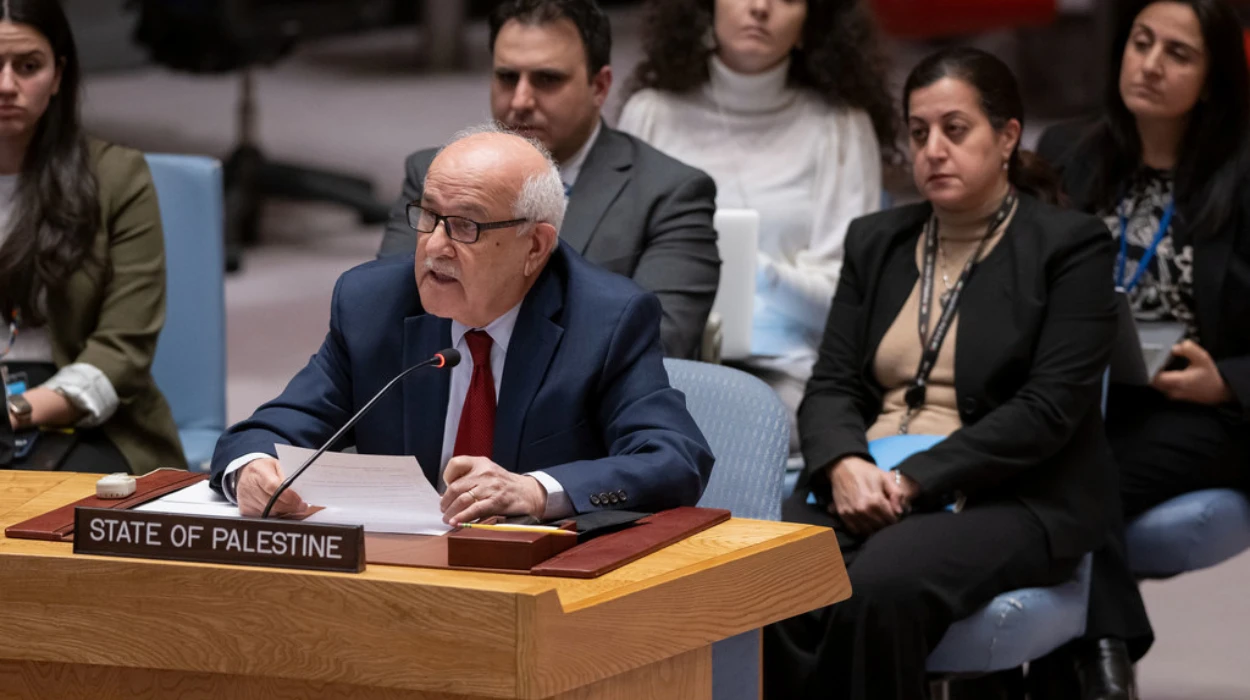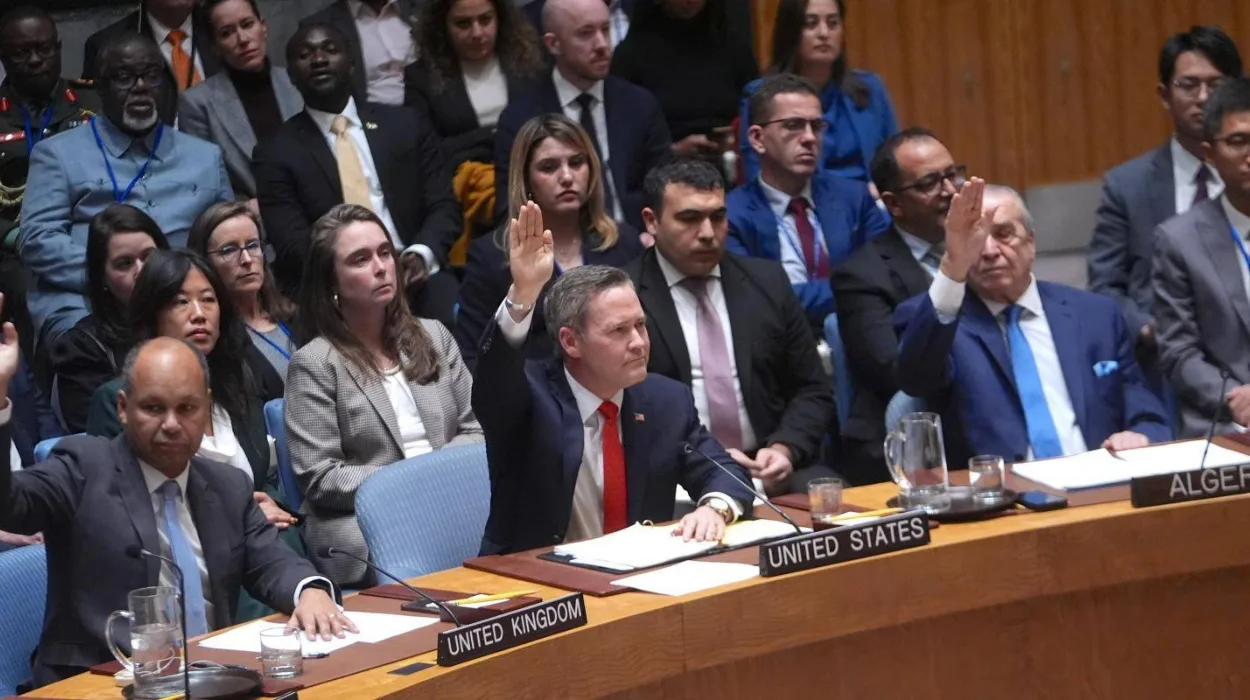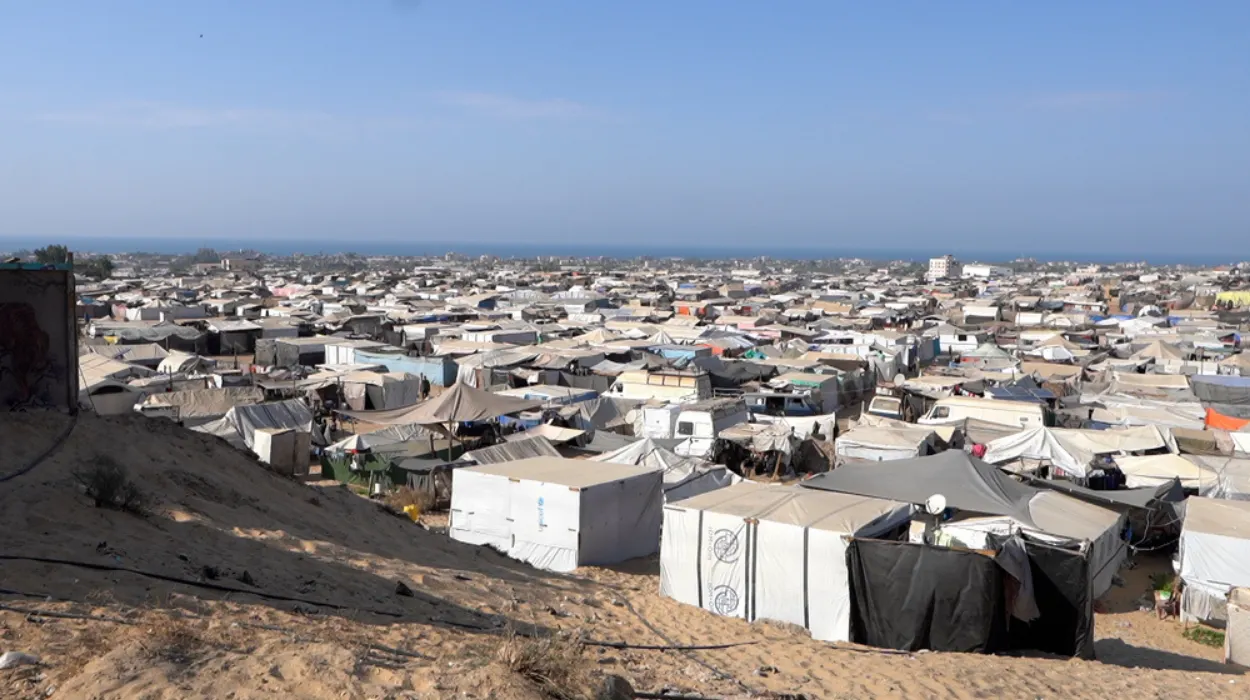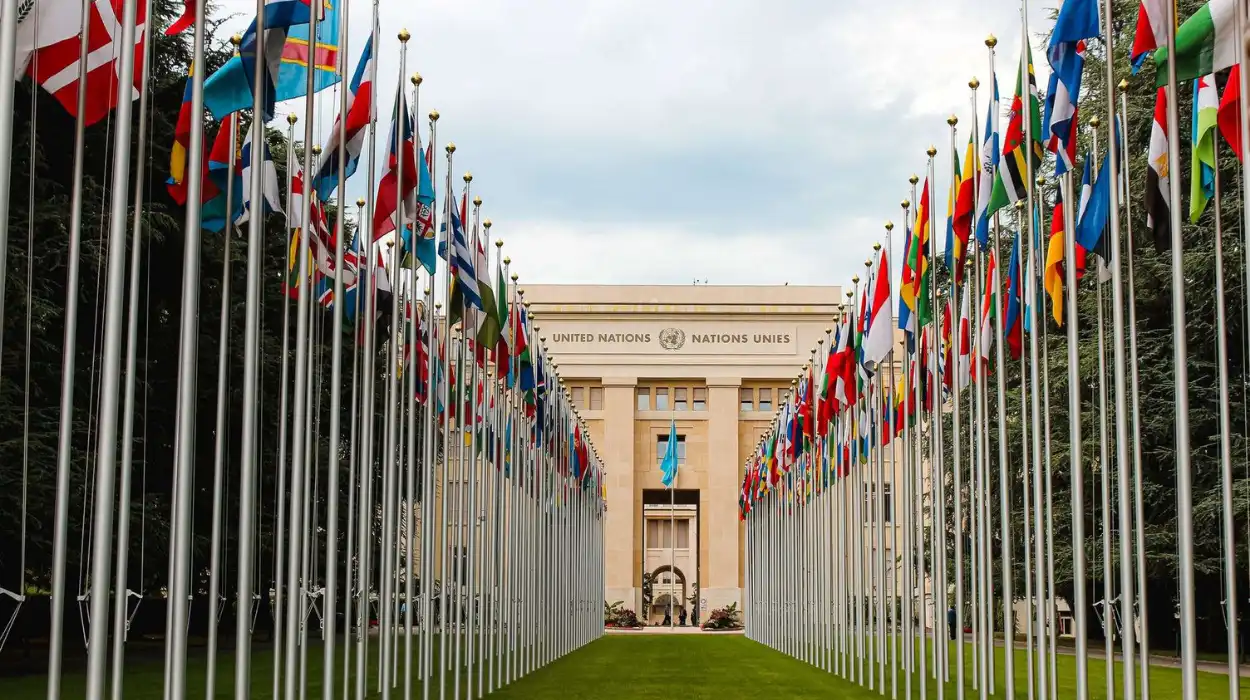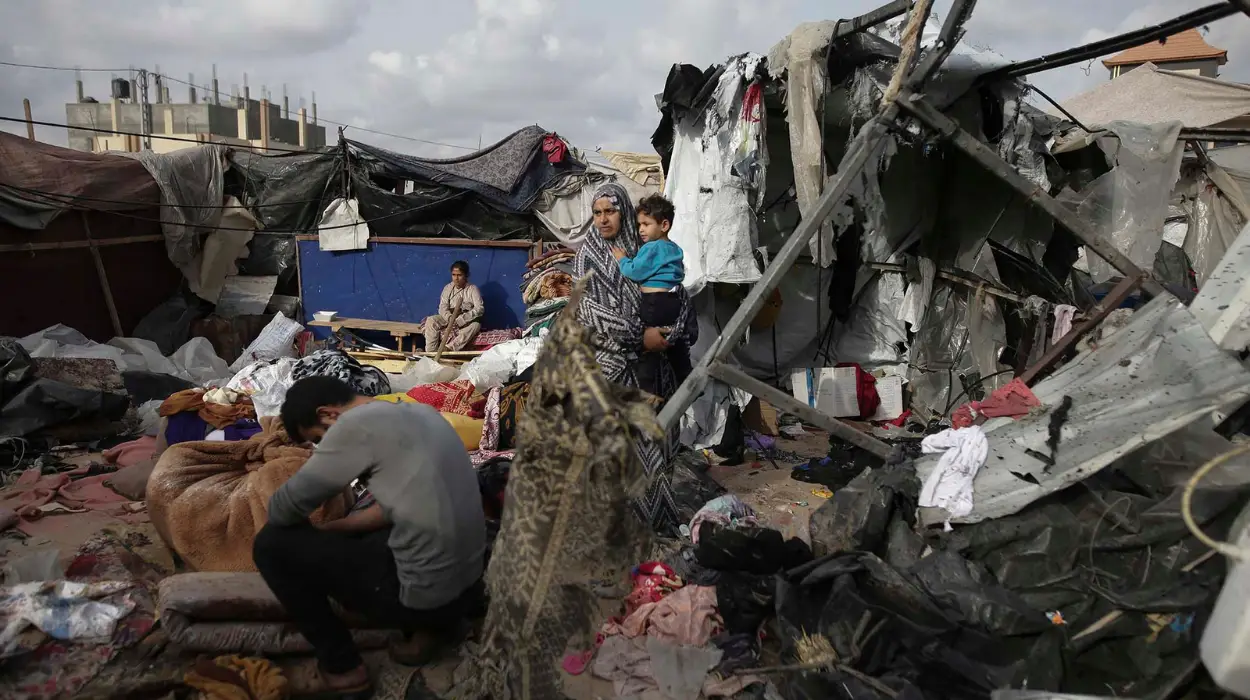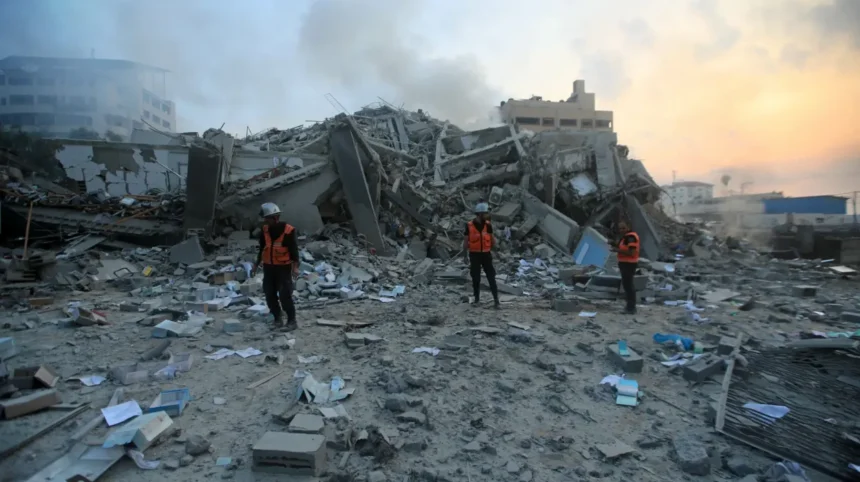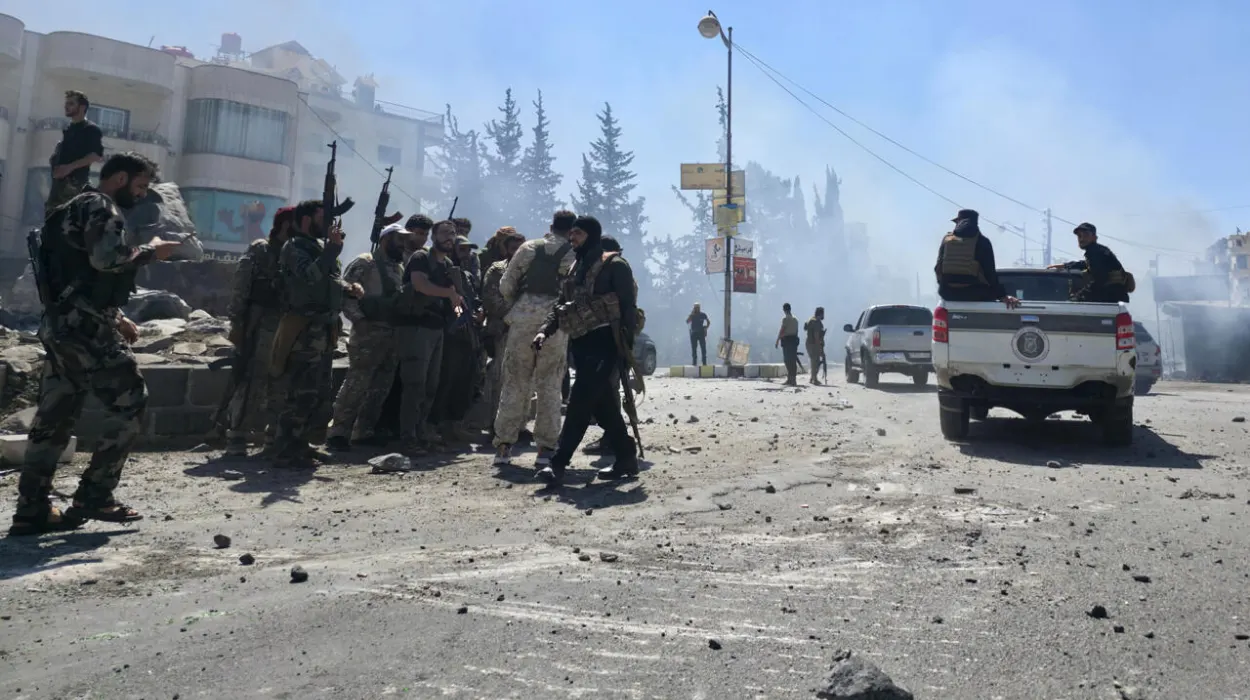In the year 2025, there is a humanitarian crisis of epic proportions affecting Gaza. United Nations reports have shown that more than 58,500 Palestinians have been killed since the commencement of hostilities in October 2023 and more than 139,000 have been injured with many being children, women, and aid workers. Rampant damage to vital infrastructure, displacement of large numbers of people, lack of necessities has spawned the horrible conditions that have been termed by UN officials as being on a nightmare scale.
The healthcare systems in Gaza are breaking down due to the intertwined factors of infrastructure damage, shortage of personnel as well as fuel. The hospitals cannot operate intensive care units or sterilize equipment. Ambulances, water sanitation systems, and bakeries have ceased operations across large parts of the territory. Now more than 2 million inhabitants have to live in conditions, which are not acceptable: at least 1.9 million displaced persons.
Humanitarian organizations have also issued stern warnings that almost half a million people are on the verge of starvation as the available foodstuffs continue to become less with the route blockages. People in entire villages live without electricity or clean water and without access to medicine. According to the UN Office for the Coordination of Humanitarian Affairs (OCHA), UNICEF and the World Food Program (WFP), some citizens have been found to have survived without water and food supply over a period of days with malnutrition continuing to increase among children in the region.
Deteriorating Access To Food, Water, And Medical Aid
Food Distribution Under Fire
Since May 2025, over 1,000 people have reportedly been killed while trying to access food at distribution centers. Many of these sites are operated by humanitarian organizations and are often located near zones of active combat. The risks associated with reaching essential goods have made even survival efforts lethal.
The attacks close to the humanitarian convoys and warehouses are carried out despite the condemnation of the international communities. Families have to make a choice between hunger and the chance to die under the weight of collecting flour, water or medicine. According to the Gaza Ministry of Health 7,700 people were killed and nearly 28,000 injured between July 7 and 16 alone, both as a direct result of fire and the more general impact of siege conditions.
Water And Sanitation Collapse
Shortage of fuel became the cause behind making the water pumping and sanitation systems unusable in most parts of Gaza. This has caused the waterborne diseases, especially acute watery diarrhea among children to increase tremendously. The sanitation services have fallen by the wayside resulting in health related issues and quick spread of diseases in the large displacement camps and shelters.
The hospitals are congested and poorly equipped. There are exhausted doctors and nurses and sharp supply shortages. They are often made to perform under anesthesia or general hygiene in most situations. Reports claim that certain facilities have stopped accepting patients because of unavailability of fuel and space and mobile clinics have stopped operating in dangerous regions.
Political And Security Complexities Surrounding A Ceasefire
Military Objectives Versus Civilian Impact
Peace talks are stalled to create a cease fire. The Israeli government insists that the operation of its army is geared towards disintegrating the abilities of Hamas and rescuing its hostages. The government defense officials say that militant organizations are inextricably integrated with the civilian infrastructure, making accurate targeting a difficulty. Nevertheless, such claims about a great number of innocent deaths and blown shelters, designated by the UN, have raised criticism in all parts of the world.
Meanwhile, on the other side, Hamas, along with other Palestinian groups keep to firing rockets into an Israeli territory. Both argue that they are defending themselves and both parties claim that they are the ones hampering peace. This is a deep-rooted stalemate which previous decades of unattended resentments have greatly complicated into an obstacle to lasting dialogue.
Other leaders such as the UN Secretary-General Antoni Guterres have been appealing to stop the hostilities immediately. Such calls put emphasis on the extreme necessity of preservation of civilians and on restoration of humanitarian access, though the political momentum has been too weak.
Obstacles To Aid Delivery
At the start of 2025 the Gaza Blockade was strengthened. According to aid organizations, there is regular disruption of access routes, administrative constraints and ambushes around their premises. Several times UN schools and shelters, which have been identified as safe zones, have been bombed, evacuated repeatedly.
In Gaza, more than 100 humanitarian workers have been killed since October 2023 in the course of providing aid, in the process making the region one of the most dangerous areas to carry out such work around the world. Unless the convoys delivering aids and staff members are provided reliable security provisions, humanitarian agencies will have close to impossible barriers to their mandates.
Broader Implications For Regional Stability And Global Response
Regional Security Repercussions
The continued crisis in Gaza has repercussions beyond its borders. Regional powers watch closely, fearing spillover effects such as refugee flows, border instability, and radicalization. Lebanon, Jordan, and Egypt face rising internal tensions, while the wider Middle East remains on edge.
Calls for accountability and peace have been issued by multiple governments, yet international consensus remains elusive. Competing alliances and geopolitical priorities weaken the impact of diplomatic efforts. Some states call for sanctions and arms embargoes, while others maintain support for one side of the conflict, reflecting a divided international response.
Long-Term Damage To Civil Infrastructure
Damage to civilian infrastructure across Gaza is extensive. Entire neighborhoods have been flattened, hospitals destroyed, and education systems dismantled. The United Nations Relief and Works Agency (UNRWA) reports that over 80 percent of Gaza’s schools are now nonfunctional.
Beyond the immediate humanitarian emergency, rebuilding Gaza will require decades of investment and coordination. Housing, water systems, healthcare facilities, and electricity grids must be restored. However, these goals remain secondary until a durable ceasefire is established and the blockade lifted.
Humanitarian Perspectives On Ending The Crisis
Assal Rad, a recognized expert in humanitarian affairs, emphasized in a recent interview that
“only a ceasefire that safeguards civilians and guarantees humanitarian access can begin to undo the layers of trauma and destruction inflicted on Gaza’s population.”
Rad’s analysis captures a widely held view among humanitarian leaders—that the crisis cannot be mitigated through aid alone. Structural political decisions must be made to halt violence, remove barriers to assistance, and support the safe return of displaced populations.
The immediate restoration of civilian dignity and basic rights hinges on an enforceable ceasefire. Without it, the humanitarian situation will continue to worsen, and efforts at reconciliation or reconstruction will remain aspirational.
The Critical Need For Political Will
The humanitarian disaster of Gaza presents one of the best strategic and moral challenges of the year 2025. Nonetheless, all the calls of the international community to achieve a ceasefire have not helped move the battered process, as opposing accounts and security issues stand in the way. But on the ground level the evidence and the testimonies are clear: to do nothing is to become a party in urban suffering.
Local, regional and international political will is needed to change the trend of this conflict. The diplomatic paralysis will no longer be allowed to continue when millions are starving, ill and refugees. Criminal policies of protection of human life should outweigh tactical requirements.
The recent humanitarian crisis in Gaza has demonstrated structural weaknesses within the international crisis intervention. Now that the war drags on, the need to become less judgmental and more interventionist is mounting. Can the world cope in time with that challenge is one of the most urgent and agonized questions of the year.


